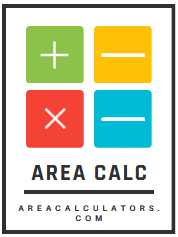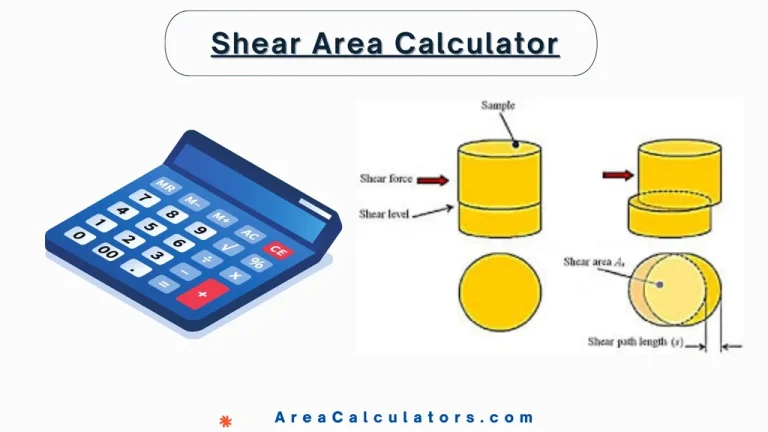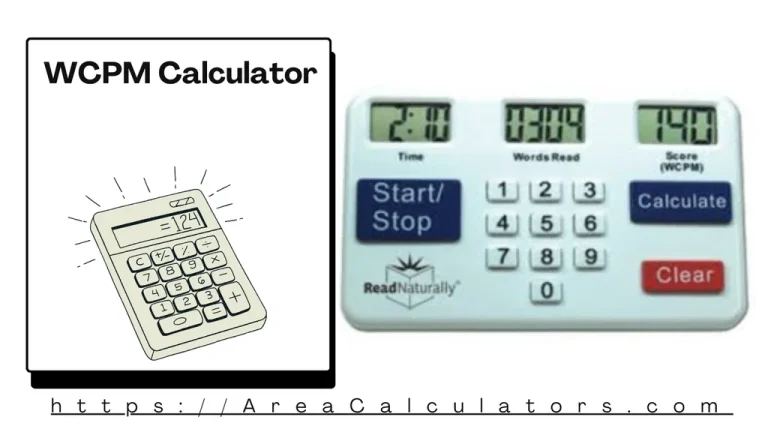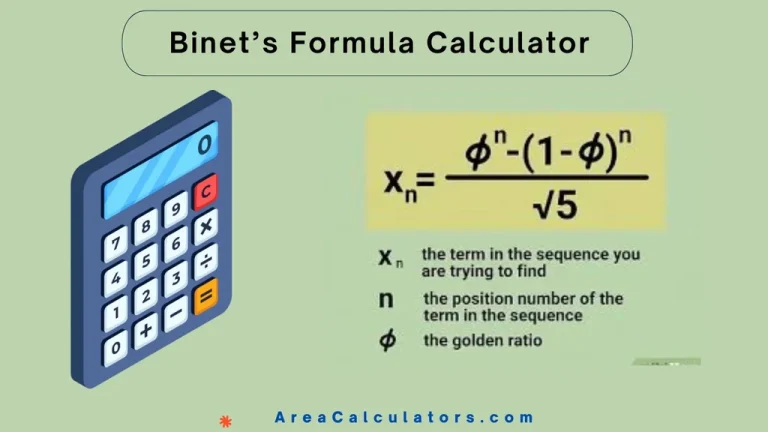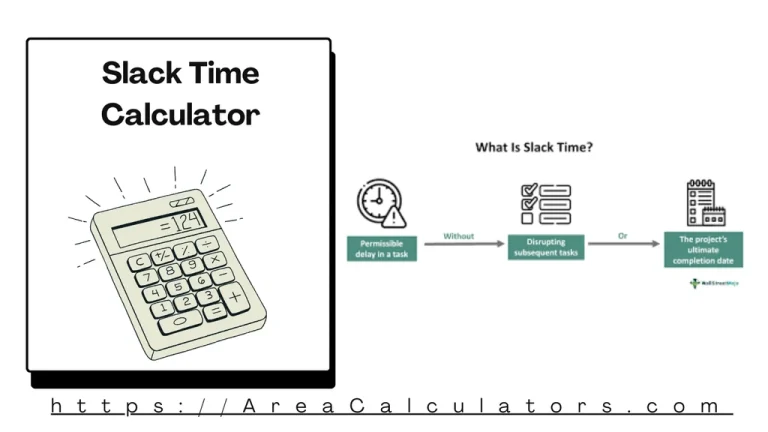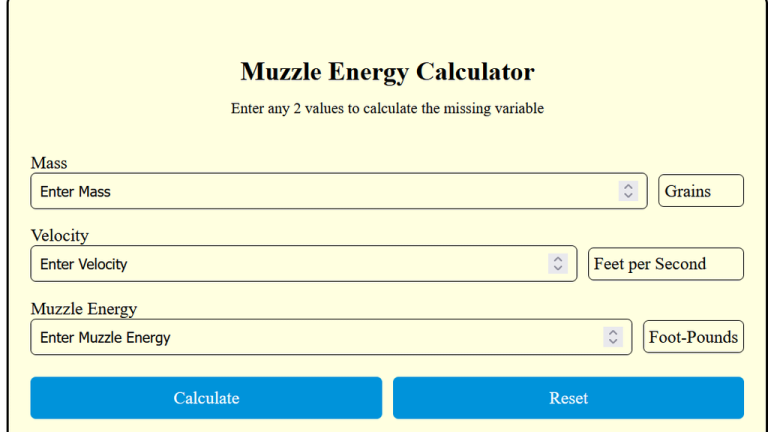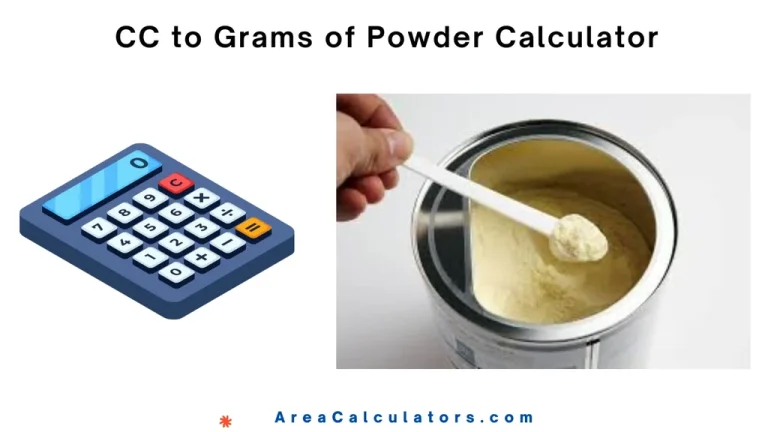Gsm To Mm Calculator [Paper Weight Conversion 2025]
To convert GSM (grams per square meter) to thickness in millimeters, divide the GSM by the material’s density and multiply by 0.001.
The GSM to MM Calculator is a valuable tool for converting the weight of a material (measured in GSM) to its thickness in millimeters. This calculation is vastly utilized in industries such as paper and textile manufacturing.
In these fields GSM is commonly used to specify material quality. By entering the GSM and the material’s density, users can obtain an accurate thickness measurement in mm, assisting in material selection and specification.
Formula
T = (GSM / D) ∗ 0.001
| Variable | Description |
|---|---|
| T | Thickness in millimeters |
| GSM | Grams per square meter (weight) |
| D | Density of the material (g/cm³) |
Solved Calculations
Example 1:
| Step | Calculation |
|---|---|
| GSM | 300 |
| Density (D) | 0.8 g/cm³ (paper) |
| Thickness Calculation | |
| Result | 0.375 mm |
Answer: For a GSM of 300 and density of 0.8 g/cm³, the thickness is 0.375 mm.
Example 2:
| Step | Calculation |
|---|---|
| GSM | 500 |
| Density (D) | 0.9 g/cm³ (textile) |
| Thickness Calculation | |
| Result | 0.556 mm |
Answer: For a GSM of 500 and density of 0.9 g/cm³, the thickness is 0.556 mm.
